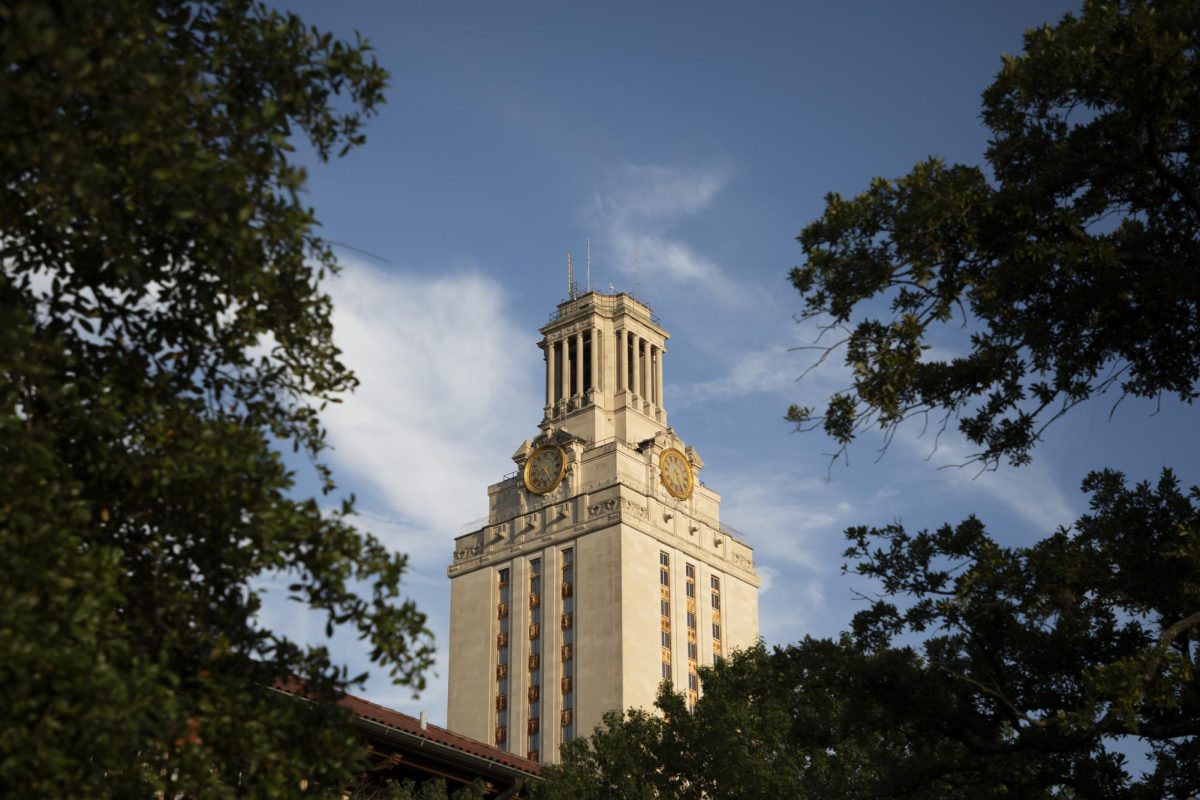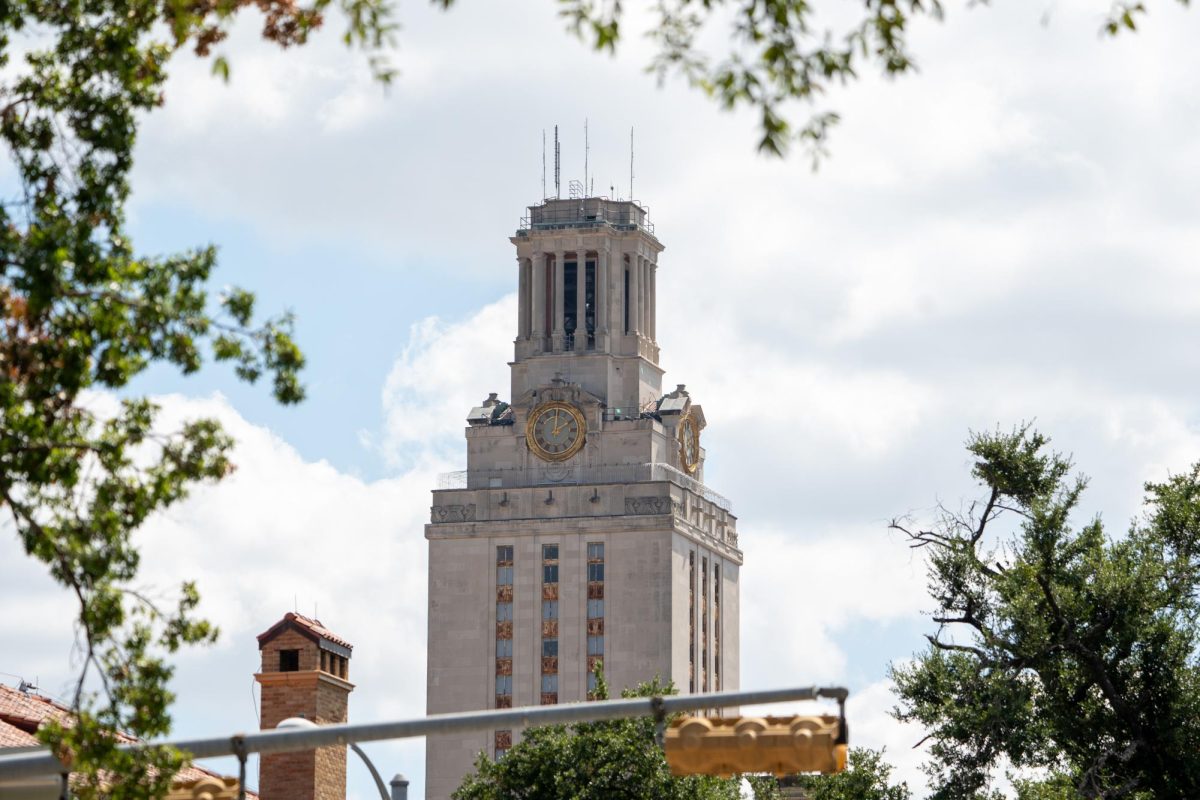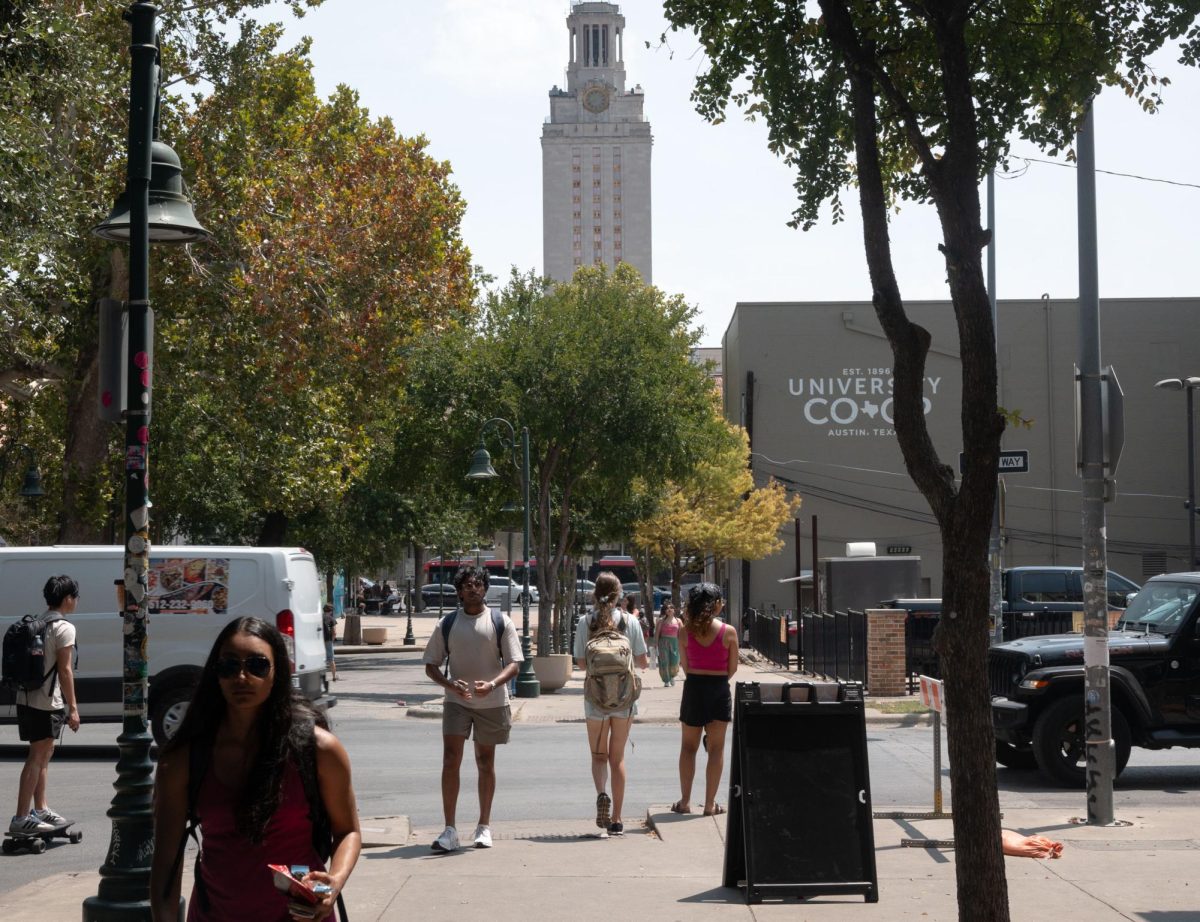Around 2.1 million acres of West Texas land are dedicated to raising money for the University of Texas System’s Permanent University Fund. A large chunk of this money is raised from leasing land to oil companies. Currently, environmentalists are asking Chancellor James Milliken to require these companies to limit their methane emissions.
“While University Lands generate a lot of wealth, they also generate a lot of pollution,” said Luke Metzger, executive director of Environment Texas, an organization focused on reducing pollution in Texas.
University Lands estimates their 2018 methane emissions to be around 385,000 metric tons. While methane emissions only make up 10 percent of atmospheric pollution, it traps more heat than carbon dioxide, making it a more effective contributor to climate change.
Environment Texas is asking the System to require leasing companies to cut emissions in half within five years. Metzger said they have gotten University Lands to agree to look more into pollution prevention. Since the campaign launched, he said Environment Texas has recruited over 170 faculty from across the System, and thousands of students have signed their petitions.
Milliken said environmental protection on University Lands is important to the System.
“University Lands is an asset that is unparalleled in the United States, and it’s one that we must preserve to advance the important missions of UT and A&M institutions for generations to come,” Milliken said in a statement. “In recent years, University Lands, along with the oil and gas industry as a whole, has implemented a number of initiatives, incentives and new technologies that have had a significant impact on reducing emissions — even as production has increased — and I’m confident that progress will continue to be made.”
Since 2014, production from University Lands oil and gas extraction has increased by 21 percent while carbon emissions have decreased by 24 percent, said Mark Houser, University Lands CEO. Houser said he attributes this to practices by companies themselves, and not regulation from University Lands.
Houser said University Lands regularly monitors activity on their property, which includes any excessive pollution and has provisions in their leases for companies to “minimize emissions.” However, since the lands are owned by the state, setting standards on emission regulation is left up to government bodies such as the Environmental Protection Agency.
“The U.S. is leading the world in reducing oil and gas emissions and in developing further technologies to maintain that momentum,” Houser said in a statement. “Many of the companies who operate on (Permanent University Fund) Lands are the companies leading the U.S. effort. University Lands continues to demonstrate its commitment to the issue through allocation of both staff and significant capital to support projects that reduce emissions.”
Houser also said University Lands recently joined a coalition called the Environmental Partnership, dedicated to reducing emissions. While Houser said it’s not in the best interest for University Lands to start heavily requiring emission cuts, Metzger said University Lands and the UT System still have the capability to do more without harming their profits.
“UT is really in a prime position to help lead the way on this issue, so we recognize there’s political constraints based on the revenue that’s generated by University Lands, but we don’t think that has to be impacted by taking these steps,” Metzger said.





















